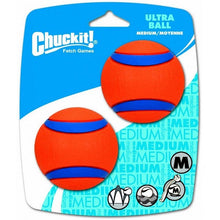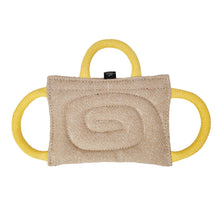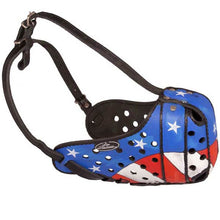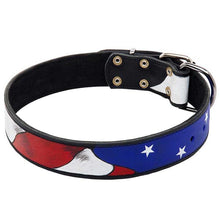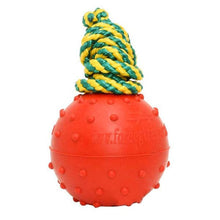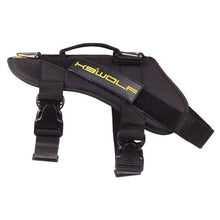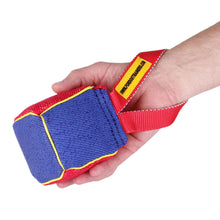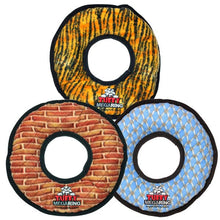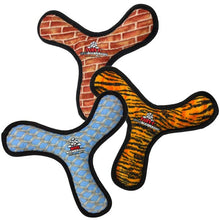How To Ease The Transition Of A Puppy Into Your Home
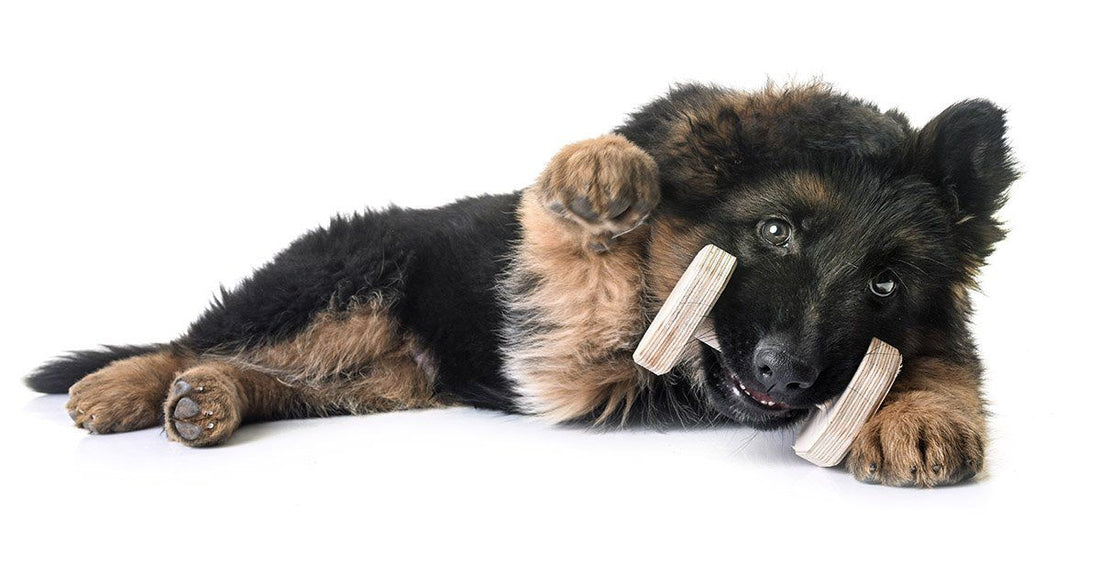
Bringing your puppy home for the first time can be an exciting day for you – but it’s a stressful day for your new puppy. After all, he’s had the comfort and company of 6 or 7 litter mates, plus his mother, since the day he was born. Now all he has is an unfamiliar new pack.
A puppy might seem like he’s enjoying play time immensely when he first arrives, but the moment he’s left on his own, the sudden loneliness will remind him that his mother is missing and he has no litter-mates to cuddle up to for warmth and comfort. This is where a conscientious owner will provide somewhere safe and reassuring for a new puppy to rest when he's not out playing with the family, outside to relieve himself, or training.
Using an appropriately sized crate is the safest and quickest way to potty train your puppy and prevent habits such as chewing. There is a small list of rules that everyone should be familiar with when using a crate. The puppy should be able to stand and turn around in the crate easily. The puppy should be taken outside to relieve himself before going in the crate.
Never use a crate as punishment. Always remove your puppy's collar before crating him. Leave rugged toys in the crate to occupy your puppy. And last but not least, always take your puppy immediately from the crate to outside so that he may relieve himself before letting him roam the house.
Letting your puppy relieve himself before crating prevents accidents in the crate. Letting your puppy relieve himself after taking him out of the crate prevents accidents in the house. Every accident that you allow to happen is one step backwards when trying to achieve the goal of potty training your puppy. The word 'allow' was carefully chosen. If your puppy isn't housebroken, you should have eyes on him at all times to catch accidents before they occur or just as they start to occur. It's never a puppy's fault for using the bathroom inside or chewing on the furniture: they don't know any better. When you can't afford to give your puppy your full attention, take the puppy outside and then crate him after he relieves himself.
Puppy training begins on the very first day home. This is where you establish ground rules for what’s acceptable behavior and what’s not. While your pup might seem small and cute right now, he will grow into a large dog, so it’s not wise to encourage him to jump, bite, rough house or get on the furniture unless you're okay with an 85 pound dog doing those same behaviors in 18 months from now. If you join a training club, you may notice that a lot of trainers allow their dogs to jump up on them and play tug. You'll also notice that dog trainers who train this way always have bruises! This is fine as long as you're okay with it and can handle the physical 'abuse.'
Always remember to curb any puppy behavior you wouldn’t like to see in an adult dog. This way your German Shepherd will grow up understanding what belongs to him and what belongs to you. What he's allowed to do and what is against the rules. He’ll also have a healthy respect for the family-home rules very early and it will ease his transition into your home.





